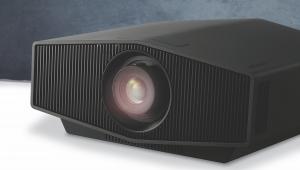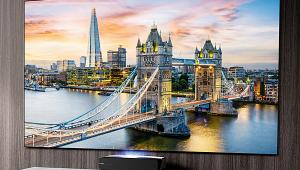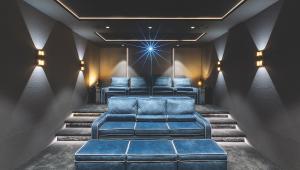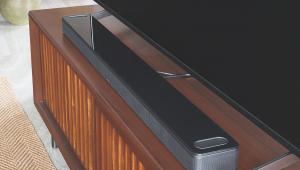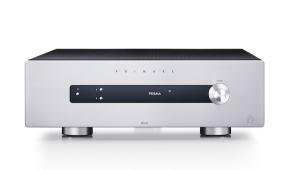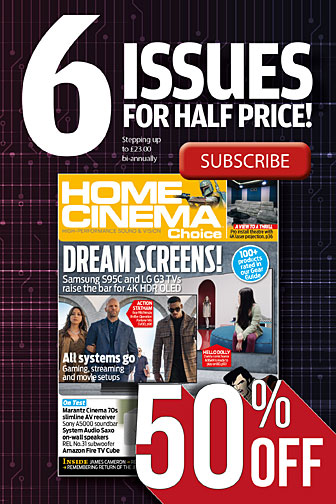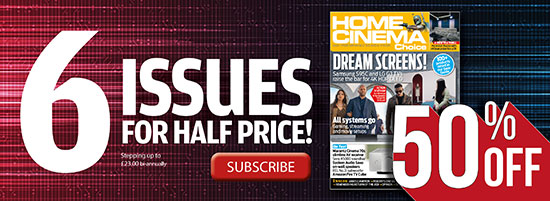Optoma HD151X review
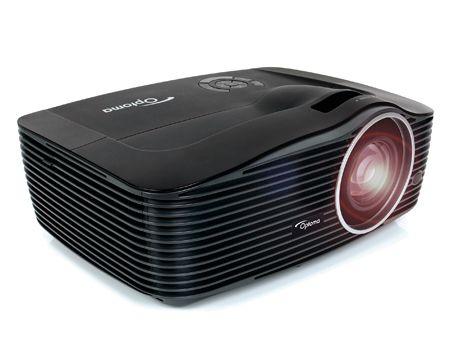
 Until quite recently, you could expect to fork out over a grand for a brand-name Full HD projector with 3D capabilities. Now, though, such spec is a much more affordable proposition – Optoma's HD151X retails for just £650.
Until quite recently, you could expect to fork out over a grand for a brand-name Full HD projector with 3D capabilities. Now, though, such spec is a much more affordable proposition – Optoma's HD151X retails for just £650.
This is a conventional single-chip-plus-colour-wheel DLP model that boasts a dedicated gaming mode, 24p support and an integrated sound system. If you want 3D, though, you'll need to cough up for glasses. Optoma sells its VESA-standard ones. The HD151X is, however, also compatible with the DLP-Link 3D glasses standard and I found that a pair of Acer DLP-Link spex worked just as well as Optoma's.
Curvily-finished in glossy black with plastic fins and a rounded bulge above the lens, the HD151X is quite an attractive PJ. Practicality hasn't been forgotten, though. The F/2.42-2.98 zoom lens has a 1.37-2.05:1 throw ratio, making the HD151X suitable for most if not all domestic situations. A 2.5m diagonal 16:9 image can, for example, be achieved with a throw of between 3m and 5m, thereby accommodating most UK living rooms. And the HD151X is claimed to give usable images as large as 7.6m, thanks to a powerful 310W UHP lamp that can contribute up to 2,800 Lumens of illumination.
To help you align the image on your screen, the PJ is equipped with a pattern generator, electronic keystone correction (don't use this unless you have to) and vertical lens shift.
Given the low price, it's no surprise the 1.5x zoom and focus controls are manual, rather than motorised. Adjustment is easy enough, though. As an aside, focus on a PJ can drift over time, but over my audition period the Optoma kept it in check, the optical components retaining their stability even as the projector warmed up.
The backlit handset provides an alternative to on-body operating controls. Its collection of buttons may suggest that the HD151X is in possession of two HDMI inputs. This, however, isn't true, as one of them is actually a DVI-D port. The HD151X's onscreen displays are better informed in this respect. A range of inputs for the audio system are offered (among them, microphone!). There's also a 12V trigger and RS232 port for remote control.
The menus are split into four main sections. 'Image' contains settings like picture mode, brightness and contrast. 'Display' looks after aspect ratio, zoom and 3D. In 'Setup', you'll find projector orientation, language and audio. Finally, 'Options' gives you input selection, 12V triggering and test patterns. Interestingly, both manual and website make reference to ISF 'Day' and 'Night' modes – quite aspirational for a budget model. I couldn't find them on my unit, and was told by Optoma that they have to be unlocked by qualified dealers and installers.
Even as it stands there are plenty of adjustments to help you optimise pictures, such as full RGB/CMYW colour control, gamma and colour temperature as well as standards like brightness and contrast. BrilliantColor and DynamicBlack, both DLP chipset tweaks, are also available. Change any of these settings when you're in one of the preset picture modes and you're automatically taken to 'User' (there are, in fact, three such customisable modes, each with their own quick recall button).
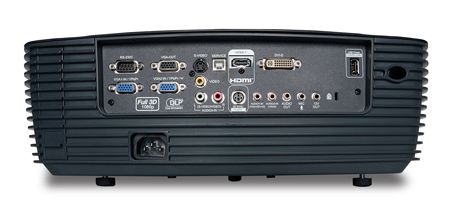
My first impression of the HD151X is that of brightness. Indeed, this is probably the brightest budget PJ I have come across. Therefore, unless you plan to illuminate an auditorium with a near-10m image or watch in glaring sunlight, the low-power/eco lamp setting should suffice. This still gives bright 2.5m images, with the additional benefits of deeper black levels, extended lamp life and much quieter fan operation. This is an important point if you're not projecting in a cavernous room; with the fan spinning at full-pelt, the HD151X can be distractingly noisy.
With Marvel's Guardians of the Galaxy on Blu-ray and the brightness tamed, the HD151X competently dealt with the movie's wide range of colours. The artificial skin tones of the CGI characters were nicely portrayed, although human ones didn't fare quite as well. There's a slight bias towards yellow, and no amount of adjustment could completely eliminate it (I also noted this slight yellowing with other material, from newsreaders to 3D movies). But that's nit-picking; the sort of flaw that only becomes apparent after comparing this projector with a much more expensive one.
Guardians of the Galaxy contains plenty of dank interiors, and the HD151X comfortably excavated form from the shadows. Blacks were always rendered as very dark greys, even in eco mode, but black performance can still be regarded as good. Fine detailing is impeccable, the HD151X doing justice to the movie's intricate worlds.
Higher-end projectors tend to be equipped with potent video processing. The HD151X doesn't, and at times this was evident. Camera pans and scrolling text (such as news tickers) were occasionally spoilt by movement that wasn't as smooth as it could be. Rather more noticeable – at least to my eyes – was the DLP rainbow effect. But even that didn't detract from my enjoyment of movies.
As regards 3D, the HD151X is a budget cracker. The sense of depth in Edge of Tomorrow (3D Blu-ray) is palpable – especially during the beach battles and some interiors. Crosstalk was kept at bay, too, and the HD151X's ability to resolve complex detail isn't compromised in this mode. Meanwhile, the light-attenuating properties of 3D glasses also helps to improve black levels a tad.
Pride and joySure, this PJ isn't perfect, but it punches above its weight. It's well-featured and on the whole delivers pictures that a home cinema enthusiast on a tight budget will be proud of.
Specification
3D: Yes
4K: No. 1,920 x 1,080
Connections: HDMI input; composite input; S-video input; 2 x VGA/component; DVI-D; USB service port, USB 5V output; RS232; 12V trigger, phono audio input; 3.5mm mic input; 2 x 3.5mm line-level inputs; 3.5mm audio output; 3D sync terminal
Brightness (claimed): 2,800 Lumens
Contrast (claimed): 28,000:1
Dimensions: 386(w) x 162(h) x 280(d)mm
Weight: 4.5kg
Features: 16:9 DLP projector with six-segment colour wheel; eco mode; 1.5x zoom lens; optional wireless HDMI system; vertical lens shift; RGB/CMYW colour adjustment; electronic keystone correction; support for VESA and DLP-Link 3D glasses; 310W lamp with life of up to 4,000 hours; claimed -27dB fan noise; picture modes (Cinema/Reference/Vivid/Bright/3D plus for installers – ISF Day and Night); edge-masking; noise reduction; BrilliantColor; DynamicBlack; test pattern generator
 |
Home Cinema Choice #351 is on sale now, featuring: Samsung S95D flagship OLED TV; Ascendo loudspeakers; Pioneer VSA-LX805 AV receiver; UST projector roundup; 2024’s summer movies; Conan 4K; and more
|




